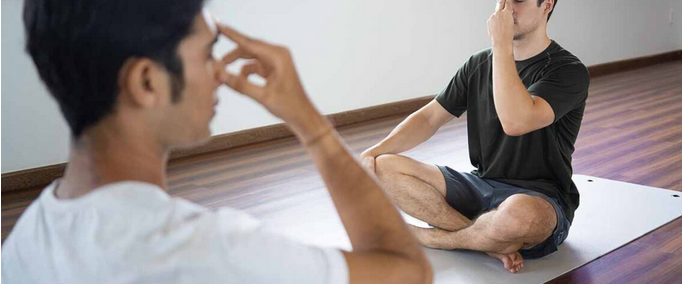Techniques for Effective Breathwork: Exploring Different Styles and Approaches

Breathwork is a powerful tool that can help individuals improve their physical, emotional, and mental health. Breathwork involves various techniques and approaches that target different parts of the body and mind, and it is essential for breathwork teachers to have a wide variety of techniques at their disposal to cater to different needs and preferences.
Below are some effective breathwork techniques that breathwork teachers can explore and include in their training programs:
Diaphragmatic Breathing
One of the most common and effective breathwork techniques is diaphragmatic breathing, also known as belly breathing or deep breathing. This technique involves breathing deeply from the belly, allowing the diaphragm to drop down and expand the lungs fully.
Diaphragmatic breathing is beneficial for reducing stress and anxiety as it activates the body's relaxation response, lowers blood pressure, and improves heart rate variability. It also improves lung function, enhances digestion, and helps individuals feel more energized and focused.
Meditation
Another effective breathwork technique is meditation, which involves focusing one's attention on the breath and calming the mind. Meditation can be practiced in various forms, including mindfulness meditation, transcendental meditation, and loving-kindness meditation.
Meditation can help individuals improve their emotional regulation, reduce symptoms of anxiety and depression, and increase feelings of happiness and well-being. It also improves focus and concentration, enhances creativity, and reduces stress and burnout.
Alternate Nostril Breathing
Alternate nostril breathing is a yogic breathwork technique that involves alternating between breathing through one nostril and then the other. This technique balances the left and right sides of the brain and helps individuals calm their nervous system and improve their focus.
Alternate nostril breathing is especially beneficial for individuals who experience anxiety, stress, or insomnia. It also improves lung function, enhances circulation, and boosts energy levels.
Box Breathing
Box breathing is another effective breathwork technique that involves inhaling for four counts, holding the breath for four counts, exhaling for four counts, and holding the breath for four counts before repeating the cycle.
Box breathing can help individuals calm their mind, reduce stress, and improve their concentration and focus. It also improves lung function and helps individuals feel more energized and alert.
Transformational Breathwork
Transformational breathwork is a holistic breathwork technique that involves using a circular breathing pattern to connect with one's inner self and access deeper emotional and spiritual states.
Transformational breathwork can help individuals release physical and emotional blockages, heal trauma and pain, enhance creativity and intuition, and cultivate a sense of connection and peace.
Conclusion
Breathwork is a versatile and powerful tool that can help individuals improve their physical, emotional, and mental health. Breathwork teachers must explore different breathwork techniques and approaches and integrate them into their training programs to provide individuals with a comprehensive and tailored experience.
By incorporating techniques such as diaphragmatic breathing, meditation, alternate nostril breathing, box breathing, and transformational breathwork, breathwork teachers can offer students a range of tools to enhance their well-being, performance, and inner growth.
Read more about Breathwork Teacher Training.
- Art
- Causes
- Crafts
- Dance
- Drinks
- Film
- Fitness
- Food
- Spellen
- Gardening
- Health
- Home
- Literature
- Music
- Networking
- Other
- Party
- Religion
- Shopping
- Sports
- Theater
- Wellness
- IT, Cloud, Software and Technology


